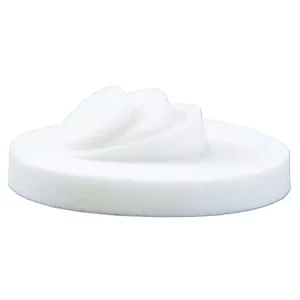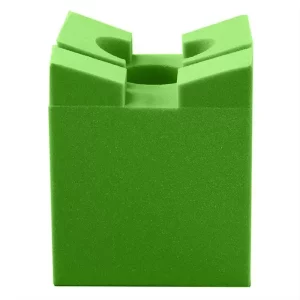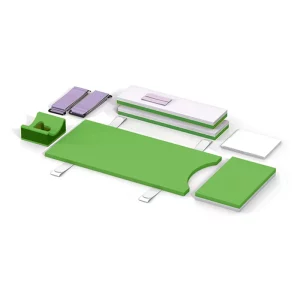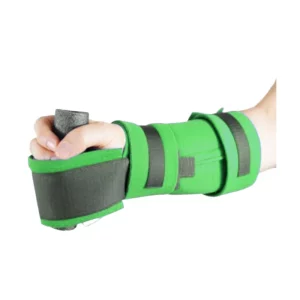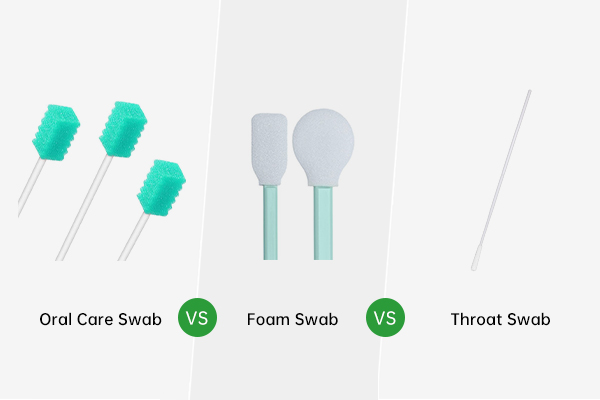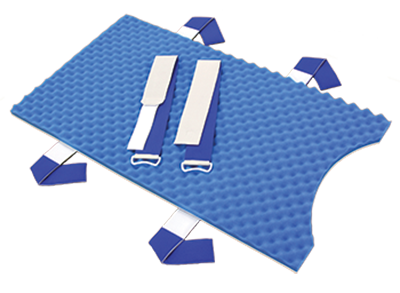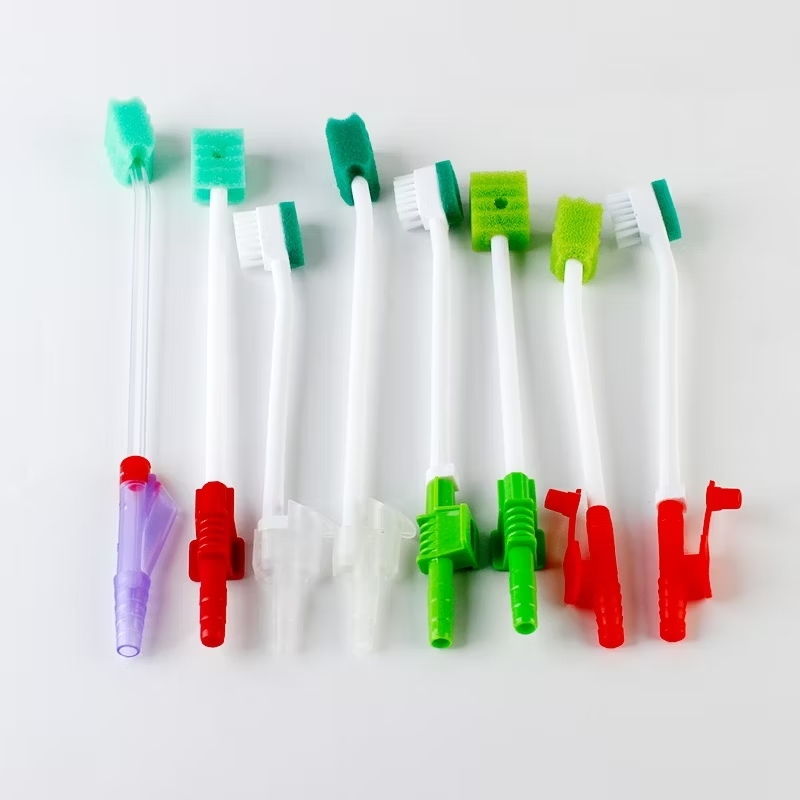Choosing the right positioning pad for your healthcare facility is a critical decision that will have long-term impacts on patient care, operational efficiency, and overall cost-effectiveness. The decision-making process might be daunting due to the abundance of possibilities. To ensure that you make the best choice, consider the following key factors when evaluating positioning pads:
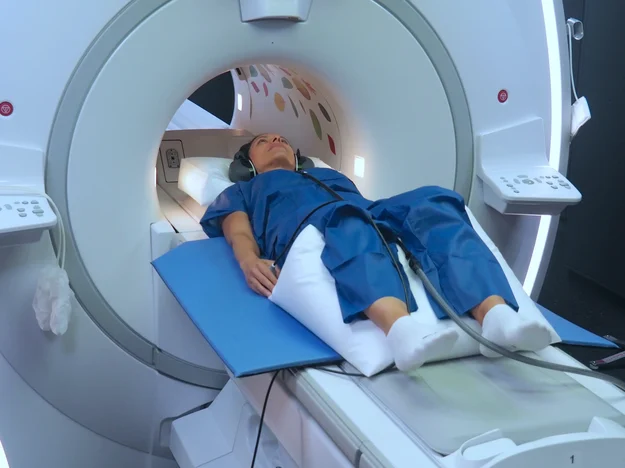
Take Your Facility’s Particular Needs Into Account
Every healthcare institution is different, and the best placement pad will depend on the procedures carried out, the patients treated, and the degree of care given.
- Surgical Needs: If your facility performs a high volume of surgeries, particularly long or complex procedures, you’ll need positioning pads that offer superior support, comfort, and pressure relief.
- ICU and Critical Care: For critically ill patients who are immobile for extended periods, pads that help prevent pressure ulcers and offer gentle support for vulnerable patients are essential.
- Rehabilitation: Patients in physical therapy or rehabilitation may require more dynamic, adjustable positioning pads that allow for easier movement and repositioning.
Evaluate the Material Composition
As mentioned earlier, the material of the positioning pad can greatly impact both its performance and longevity. Understanding the material properties is essential for making a suitable choice.
- Foam: The most used substance for positioning pads is foam. Although it is generally comfortable and reasonably priced, it may compress over time and need to be replaced more frequently. Consider foam pads with memory foam or high-density foam to extend their lifespan and improve comfort.
- Gel: Gel pads are known for their superior pressure-relieving properties. These pads are ideal for patients at risk for pressure ulcers or those requiring extra comfort. They are typically more costly and heavier, though.
- Air and Hybrid: Air-filled or hybrid pads combine gel or foam with air chambers. They are designed to provide dynamic support and pressure relief, making them suitable for long surgeries or critical care settings.
Assess the Size and Shape
Positioning pads come in a variety of sizes and forms to meet a range of applications. Consider the following when evaluating size and shape:
- Pad Size: Ensure that the pad size is appropriate for the procedure and the patient’s body size. Larger pads are typically required for heavier patients or for procedures that require extensive body support.
- Shape and Contours: Some pads are designed with specific shapes and contours to support particular body parts, such as the head, shoulders, or knees. If your facility performs specialized surgeries, look for pads that match those needs.
Evaluate Durability and Lifespan
Positioning pads are an investment, so ensuring that the pads will withstand prolonged use without losing effectiveness is essential. Consider the expected lifespan of the pad based on:
- Material Durability: As previously mentioned, foam may break down over time, while gel and air-based options typically last longer.
- Use Frequency: If the pads will be used frequently (e.g., in operating rooms or critical care units), durability is especially important.
- Manufacturer’s Warranty: A robust warranty provides peace of mind and demonstrates the manufacturer’s belief in the product’s durability.
Assess Hygiene and Ease of Maintenance
Hygiene is a top priority in healthcare settings. Think about how easy it is to clean and sterilize the positioning pad before choosing one. Look for pads that are:
- Waterproof or moisture-resistant: This makes it easier to wipe down or sanitize after each use.
- Simple to disassemble: Some pads include machine-washable, detachable covers that make maintenance simpler.
- Antimicrobial properties: Pads treated with antimicrobial coatings can help reduce the growth of bacteria and prevent infection.
Check for Compatibility with Existing Equipment
Positioning pads are often used in conjunction with other hospital equipment, such as operating tables, ICU beds, or recovery chairs. Make sure that the pads you choose are compatible with your existing equipment and fit securely during use. If you have adjustable or movable beds, ensure that the pads won’t slide out of position or lose their efficacy.
Review Customer Feedback and Reviews
Examine consumer reviews and comments from other medical professionals who have used the pads you are thinking about before deciding on one. This can provide insight into:
- Patient satisfaction: How comfortable are patients using the pads? Have patients experienced fewer pressure ulcers or discomfort?
- Ease of use: Are staff members able to position and reposition patients easily? Is the pad easy to keep and clean?
- Longevity: Do the pads withstand repeated cleanings and use without becoming worn out?
Think About Your Budget
Although cost is a significant factor, it shouldn’t be the exclusive one. When creating the budget, take into account both the original outlay and ongoing expenses, such as upkeep and replacements. In many cases, spending a bit more on a high-quality pad can result in significant savings due to reduced maintenance costs, fewer complications, and improved patient recovery.
Check for Certifications and Compliance
Strict guidelines and rules must be followed by healthcare providers in order to protect patients. Make sure the positioning pads you choose adhere to all applicable safety regulations and certifications.. Look for pads that are:
- FDA-approved (if applicable).
- ISO-certified to deliver high-quality production.
- Non-toxic and devoid of dangerous substances.
Pricing isn’t the only consideration when selecting a positioning pad. It improves patient outcomes, reduces complications, and boosts recovery while offering operational savings. By considering material, size, maintenance, and compatibility, you can balance cost and clinical performance. Evaluate long-term cost-effectiveness and ROI to make a smart, informed decision that meets both clinical needs and budget.


